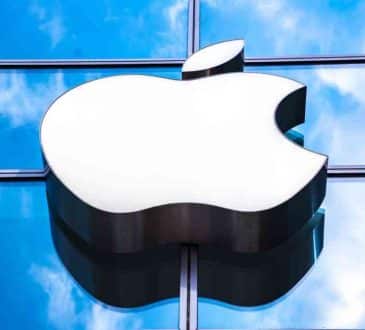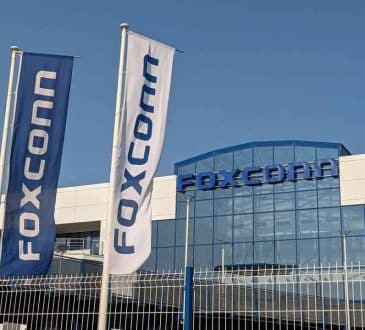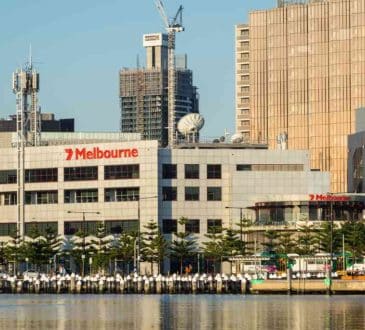The Looming Talent Pandemic – Is your Organization Prepared?

With vaccine penetration approaching herd immunity levels, businesses rebounding and re-opening, and more optimism around a “return to normal” this fall, there is yet another pandemic looming that threatens business: A talent pandemic.
The COVID 19 pandemic not only radically affected our personal lives in profound ways, it also radically shaped the professional work landscape as well. For most working professionals, the long-held norms about work have been tossed aside, and many have reset their priorities.
Through this, we discovered that WFH can work; it’s not ideal, but business can get done and things can move forward. Most of us, by necessity, now operate with functioning work environments at home or wherever we are domiciling. Businesses now are confronted with defining a “new normal” for the office – what will be the protocols and operating procedures? Who needs to come back? How much flexibility do we give employees?
And as we’re now seeing a “rush to rehire” in some businesses, jobs are going unfilled, at least temporarily. Pundits range in opinions from a simple lag in the recovery to a belief that stimulus checks have stunted the desire for some to return to work.
But there is a deeper undercurrent brewing at the corporate level for the C-suite and Human Resources leaders. The “covid aftermath” is impacting the enterprise’s most precious asset – its core talent. And top talent has an evolving, if not yet fully clear, framework of how they are defining “their expectations” for the workplace. How companies recognize and address this will determine their ability to recover and move forward.
Here’s a few observations from an executive recruiter who speaks with C-level talent across functions, industries and geographies every day:
“Burnout” – Executive leaders, especially top performers, who have managed to keep the business running under these unimaginable conditions, are burning out in greater numbers. People are exhausted and want a break. With equity markets strong, some will no doubt turn in their badges, cash out, and take time off. What are you doing to protect your top performers?
“Flight Risk” – The day-to-day “unsung heroes” of your organization have been busting their rear ends, many doing double or triple duty, picking up the workload from those that were downsized out. Many are stretched well beyond capacity, are fed up, and feel taken advantage of. With an improving economy, they are “flight risks” to be picked off by your competitors or change careers altogether. What’s your plan to prevent losing the vital many as business accelerates?
“Depleted Benches” – Attrition and inadequate succession planning pre-pandemic have depleted the bench strength of many organizations in critical functions. How deep is your bench around mission critical roles and what are you plans to replenish it?
“Diversity Priorities” – Most organizations are, and have been, woefully underrepresented in leadership roles. Employees are not only more aware, but actively pushing for more change, and watching to see if there is leadership accountability. Diversity talent is at an all-time premium and most companies need to take overdue action. Where is your company in terms of its DE&I and what are your plans to address it?
HR leaders are in a unique position; they have a pulse on the organization. But in game planning their “return to office” scenarios, it will be critical to understand the risk factors of the talent shifts that are happening post pandemic to avoid a talent pandemic.
So, how can you best prepare your organization to inoculate itself from a “talent pandemic? Here are a few ideas to consider:
Incentivize top performers – It’s not always about money but demonstrating commitment and customizing incentives for your top talent is key to keeping them. What motivates your top people? What special, and individual requirements, do they have? Do you have customized incentive programs (such as paid sabbaticals) that can be leveraged to keep your best people engaged and motivated?
“Sidelined talent is Standing By” – A lot of quality talent was side-lined during RIFs around Covid. Many are anxious to get back in the game, have valuable skills, good judgment, and a real motivation to be working/contributing (often times more experienced employees have fewer demands than younger workers). Many are more motivated by benefits than compensation and are willing to be flexible in their requirements. Have you identified top performers who could be boomerangs or those of your competitors that could be smart hires to fill gaps?
Cross train high performers – Are there areas of the company where your organization is “overweighted” and you can move talent to fill gaps? This can give you immediate utility for critical gaps and help to broaden skillsets and build bench strength. Have you analyzed the talent in your organization to identify “pinch hitters” to explore if they can help fill critical gaps?
Written by Richard S. Marshall is a Senior Client Partner at Korn Ferry International. He serves as the Global Managing Director of the Corporate Communications and Investor Relations Center of Expertise.
Add CEOWORLD magazine to your Google News feed.
Follow CEOWORLD magazine headlines on: Google News, LinkedIn, Twitter, and Facebook.
This report/news/ranking/statistics has been prepared only for general guidance on matters of interest and does not constitute professional advice. You should not act upon the information contained in this publication without obtaining specific professional advice. No representation or warranty (express or implied) is given as to the accuracy or completeness of the information contained in this publication, and, to the extent permitted by law, CEOWORLD magazine does not accept or assume any liability, responsibility or duty of care for any consequences of you or anyone else acting, or refraining to act, in reliance on the information contained in this publication or for any decision based on it.
Copyright 2024 The CEOWORLD magazine. All rights reserved. This material (and any extract from it) must not be copied, redistributed or placed on any website, without CEOWORLD magazine' prior written consent. For media queries, please contact: info@ceoworld.biz
SUBSCRIBE NEWSLETTER








